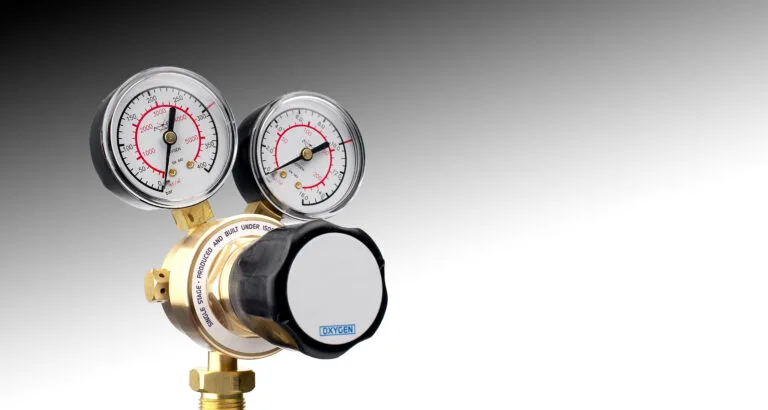Book Title: A Color Handbook: Small Animal Fluid Therapy, Acid-Base and Electrolyte Disorders
Author: Elisa Mazzaferro
Publisher: CRC Press, ISBN 978-184076-167-2
Small Animal Fluid Therapy, Acid-Base and Electrolyte Disorders is a short text designed to highlight some of the more important aspects of fluid therapy, acid-base and electrolyte disorders, in an easy-to-read, concise format, facilitating rapid access to core information. The author, Dr Elisa Mazzaferro, is a well-respected, internationally recognised expert, and widely published author in the field of veterinary emergency and critical care.
The book opens with a useful chapter on fluid compartments and total body water, and presents a concise review of the basic principles of body fluid compartments, forces of osmolality, osmosis and diffusion, and then advances to the physiological response to hypovolaemia, and fluid balance. The chapter also presents the notion of fluid therapy requirements based on energy expenditure, which is an important step in preventing excesses of fluid administration in the critically ill patient and aligns well with the most recent fluid therapy guidelines from the American Animal Hospital Association.
This is followed by an excellent chapter on techniques and complications of vascular access, which is enhanced by the inclusion of numerous high-quality images and step-by-step guides to placement of peripheral venous, central venous, intra-osseous, arterial and cut-down techniques.
The chapter on blood banking and transfusion medicine is likewise excellent, and provides a useful guide to blood collection, processing and administration.
The book concludes with a brief description of common electrolyte disorders, and parenteral nutrition, followed by a short review of the types of shock and the “rule of twenty”. Several case-studies are also presented, highlighting the various uses of fluid therapy in the critical and emergency patient.
Overall, the text is very easy to read. Being a handbook, it lacks the depth of physiology and pathophysiology of more comprehensive texts. Those studying for advanced examinations would be better served by more exhaustive references. In addition, due to the age of the text, some recommendations – particularly those on colloid therapy, and monitoring (e.g. central venous pressure) have now been superseded by advances in medical knowledge and should therefore be disregarded.
However, the book is not without merit – even given its age – with excellent chapters on vascular access and transfusion therapy. The inclusion of many tables, charts and flow-diagrams, along with excellent images, make this book a suitable reference for those wanting an introductory text for small animal fluid therapy.







